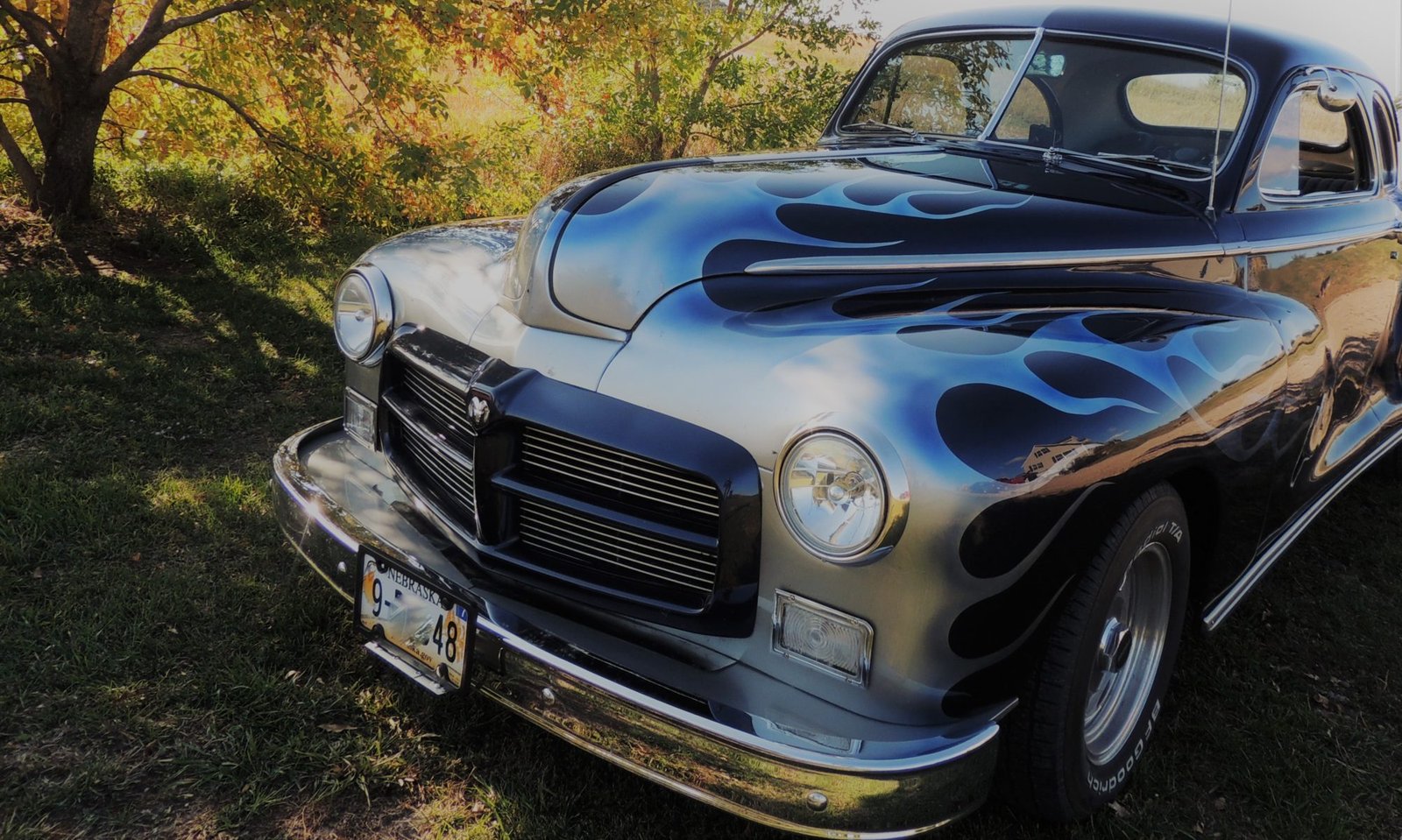This small gadget called “The Stromberg Condenser” was patented in 1934 by inventor Henry Oestricher, and it has an interesting back story that is positively steeped in deception:


The Stromberg Condenser, manufactured by the Stromberg Ignition Company of Detroit, was a spark intensifier meant for use on any gasoline engine. It was promoted as something of a miracle product with the capability to increase power, eliminate spark plug trouble, save oil and gasoline, reduce carbon, and make starting easier.

The company also claimed that the Stromberg Condenser was endorsed and approved by the Automotive Engineers Association of America. Unfortunately, the FTC did not agree with any of these claims and charged the company with unfair and deceptive acts and practices in 1940. The FTC also frowned upon Striker’s use of an exaggerated fictitious price:

In addition to the deceptive acts cited above, the FTC also took issue with the name of the company. There was another company called the Stromberg Carburetor Company, later the Bendix-Stromberg Carburetor Company, which had built up valuable good will during its decades in business, so the use of the Stromberg tradename was apt to confuse, mislead and deceive purchasers. The FTC ordered Henry Oestricher, now going by Henry O. Striker, to cease both the making of false representations and the use of the Stromberg name.
It might be tempting to give Striker the benefit of the doubt on the use of the Stromberg moniker were it not for a 1937 case that seems to establish a pattern. In that instance, Henry O. Striker and six other officers and shareholders of a Michigan corporation were charged with fraud. The indictment charged, among other things, that the men had misrepresented their concern, called R. Cummins & Co., as being related to an old Kentucky distillery with the identical name of R. Cummins & Co.
Another gadget, this one called the “Coilmaster,” surfaced in 1948 when two men selling them for $3 each were arrested in Indianapolis for obtaining money under false pretenses. The device was worthless, but the salesman claimed it increased power and decreased gas consumption. It was demonstrated on a rigged automobile that gave a convincing sales demonstration through the use of two distributors, one of which was a dummy. The other was fixed so that two cylinders were shorted out until the gadget was used. According to a technician with the Indianapolis Police Department, the device had a long shaft which tripped a switch built into the distributor. This must have been an effective dog and pony show, because the salesmen had racked up $1,245 in sales in St. Louis before moving on to Indianapolis. They had probably been trained by the best, though, because they were working for Electronics Research of Detroit, a company owned by none other than Henry O. Striker.
I found no other stories involving Striker, so maybe he went straight after the Indianapolis incident, or maybe he changed his name again, or maybe he just didn’t get caught. Regardless, rest assured there was never a shortage of snake oil salesmen ready and willing to take his place.













